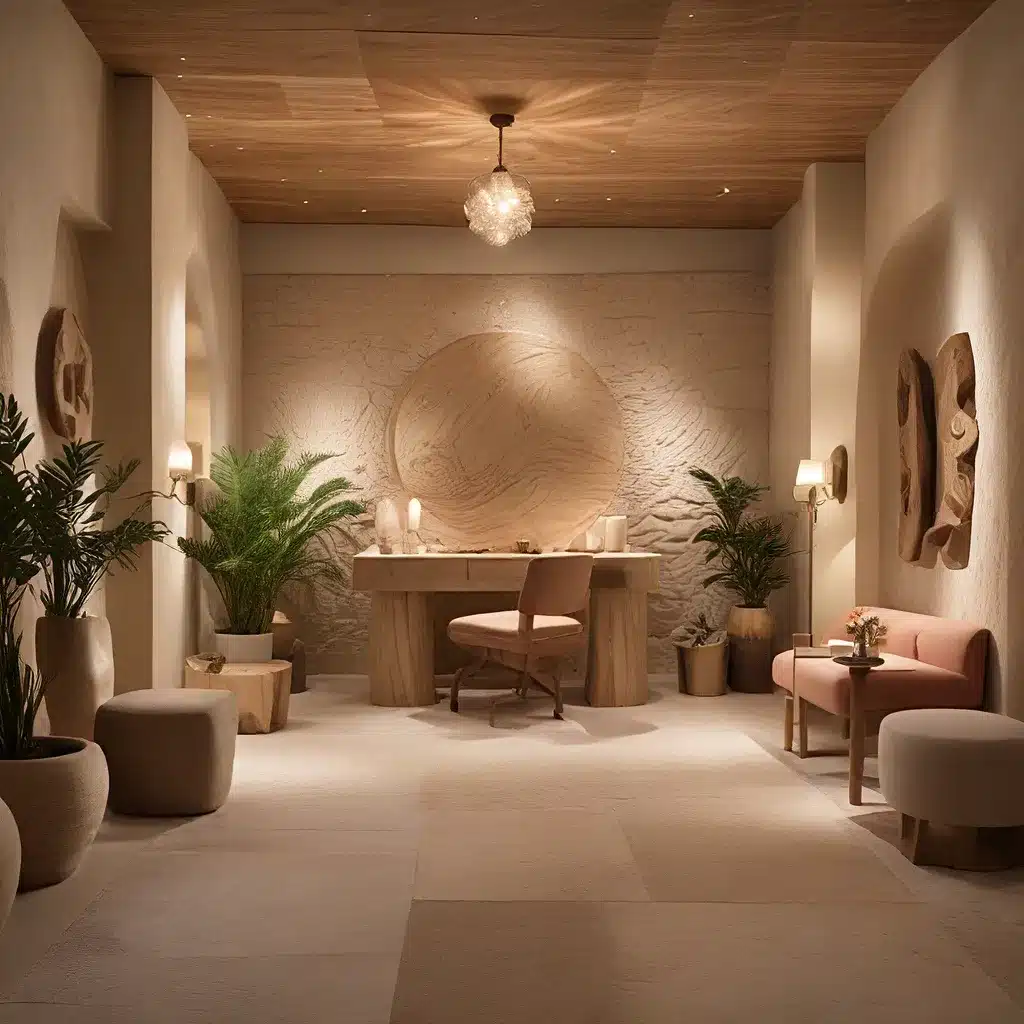
Stepping into a Multisensory World
Imagine a room that not only looks stunning but also engages your other senses. Sight, sound, touch, smell, and even taste – all working in harmony to create an immersive experience. This is the essence of multisensory interior design, a paradigm shift that is transforming the way we perceive and interact with our living spaces.
Multisensory environments in interior design go beyond the conventional focus on aesthetics. They are deliberately crafted spaces designed to captivate not just our eyes, but all our senses. By integrating multiple sensory elements, designers are creating memorable experiences that transcend the ordinary and forge a deeper connection between the inhabitant and their environment.
Engaging the Senses: The Power of Color, Light, and Texture
At the heart of multisensory design lies the understanding that our senses profoundly influence our emotions, well-being, and overall experience within a space. Let’s explore how designers masterfully weave together these sensory elements to craft truly immersive sanctuaries.
Color psychology plays a vital role in setting the mood and evoking desired emotions. Soft blues and greens can promote tranquility and relaxation, while vibrant reds and yellows can energize and stimulate. By carefully selecting and harmonizing color schemes, designers sculpt the atmospheric experience of a room.
Lighting design is another crucial component in creating multisensory magic. Natural light integration, with strategically placed windows, skylights, and mirrors, can amplify the dynamic quality of a space, fostering a connection with the external environment. Innovative artificial lighting solutions, such as adjustable LED fixtures and smart bulbs, allow for precise control over color temperature and ambiance, transforming a room’s emotional tone.
Texture and materiality add a tactile dimension to the sensory experience. Diverse textures, from plush velvets to rugged wooden accents, invite exploration and create a symphony of sensations. Sustainable and eco-friendly material choices not only enhance the tactile experience but also align with a conscious, planet-friendly ethos.
Crafting Harmonious Soundscapes and Aromatic Experiences
Sight and touch are just the beginning. Sound and smell play equally vital roles in immersing inhabitants in a multisensory haven.
Acoustic design principles focus on managing sound reflection and absorption to create harmonious soundscapes. Strategically placed acoustic panels can control noise, while curated soundscapes of calming nature sounds or soothing melodies can add depth and tranquility to a space.
The integration of smart home technology further elevates the auditory experience, with high-quality audio systems and voice-controlled devices that allow for seamless sound customization and automation.
The sense of smell is another powerful tool in the designer’s arsenal. Scent selection based on the intended mood and purpose of a space can evoke specific emotions and enhance well-being. Lavender for relaxation, citrus for energy, or eucalyptus for rejuvenation – strategic olfactory elements transform a room into a sanctuary.
Taste and Dining: Elevating the Culinary Experience
Interestingly, multisensory design also considers the sense of taste, particularly in the context of kitchen and dining spaces. Modern kitchen design trends embrace aesthetics that stimulate the appetite, from the display of herbs and spices to the integration of aromatic elements.
Beyond the kitchen, the dining experience becomes a sensory journey, where ambient lighting, thoughtful table settings, and the aroma of sizzling dishes create an immersive culinary delight.
Personalized Sensory Journeys: DIY and Collaborative Approaches
Elevating your living spaces into multisensory sanctuaries can be a rewarding and empowering journey. Homeowners can embark on DIY projects to enhance the sensory experience, from creating personalized scented sachets to crafting their own soundscapes.
For a more comprehensive approach, collaborating with professional interior designers can elevate the multisensory experience. Designers bring expertise, fresh perspectives, and access to a wealth of resources, ensuring a truly personalized and cohesive sensory adventure.
Conclusion: A Sanctuary for the Senses
As we’ve explored, the evolution of interior design into a multisensory art form is a testament to the profound impact our senses have on our emotions, well-being, and overall connection to our living spaces. By carefully curating color, light, texture, sound, and scent, designers are transforming ordinary rooms into extraordinary sanctuaries that delight and captivate.
Whether you embark on your own sensory journey or collaborate with design professionals, the ultimate goal is to create a space that not only looks stunning but also resonates with your essence, inviting you to see, touch, hear, smell, and taste the beauty of thoughtful design. Your home becomes a mirror reflecting your distinct personality and a perpetual wellspring of joy and inspiration.

